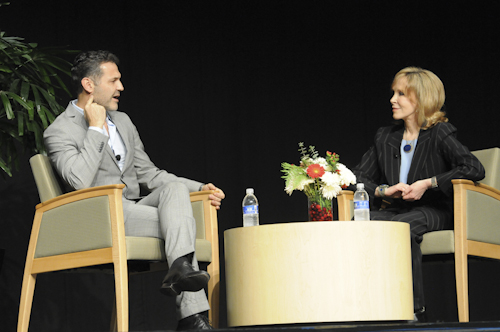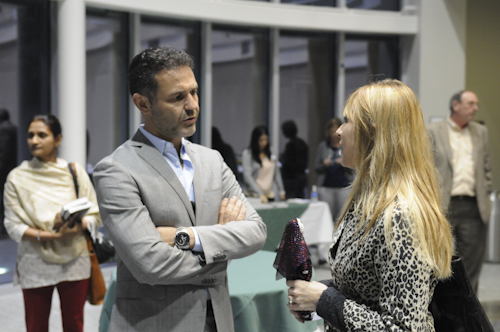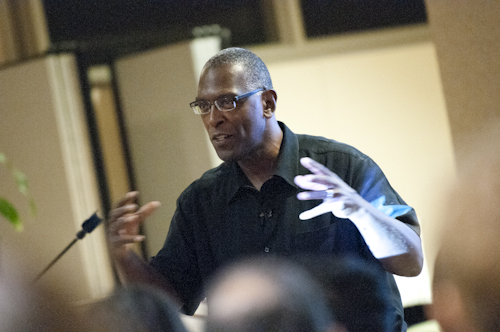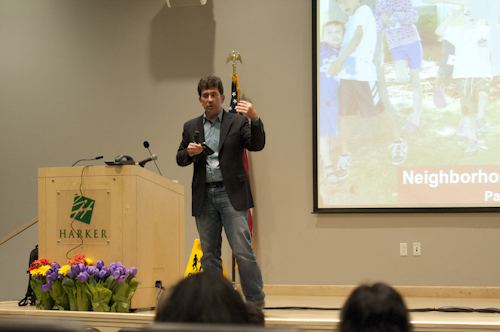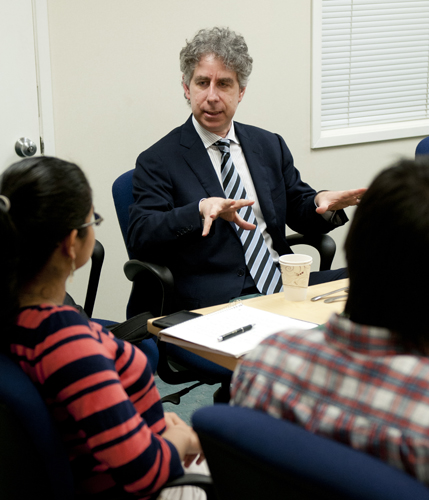“The Kite Runner” Author Khaled Hosseini Discusses Foundation, Writing Process in Campus Appearance Before Packed Audience
Khaled Hosseini, the Afghan-born best-selling author of “The Kite Runner” and “A Thousand Splendid Suns,” was the honored guest of the Harker Speaker Series…
